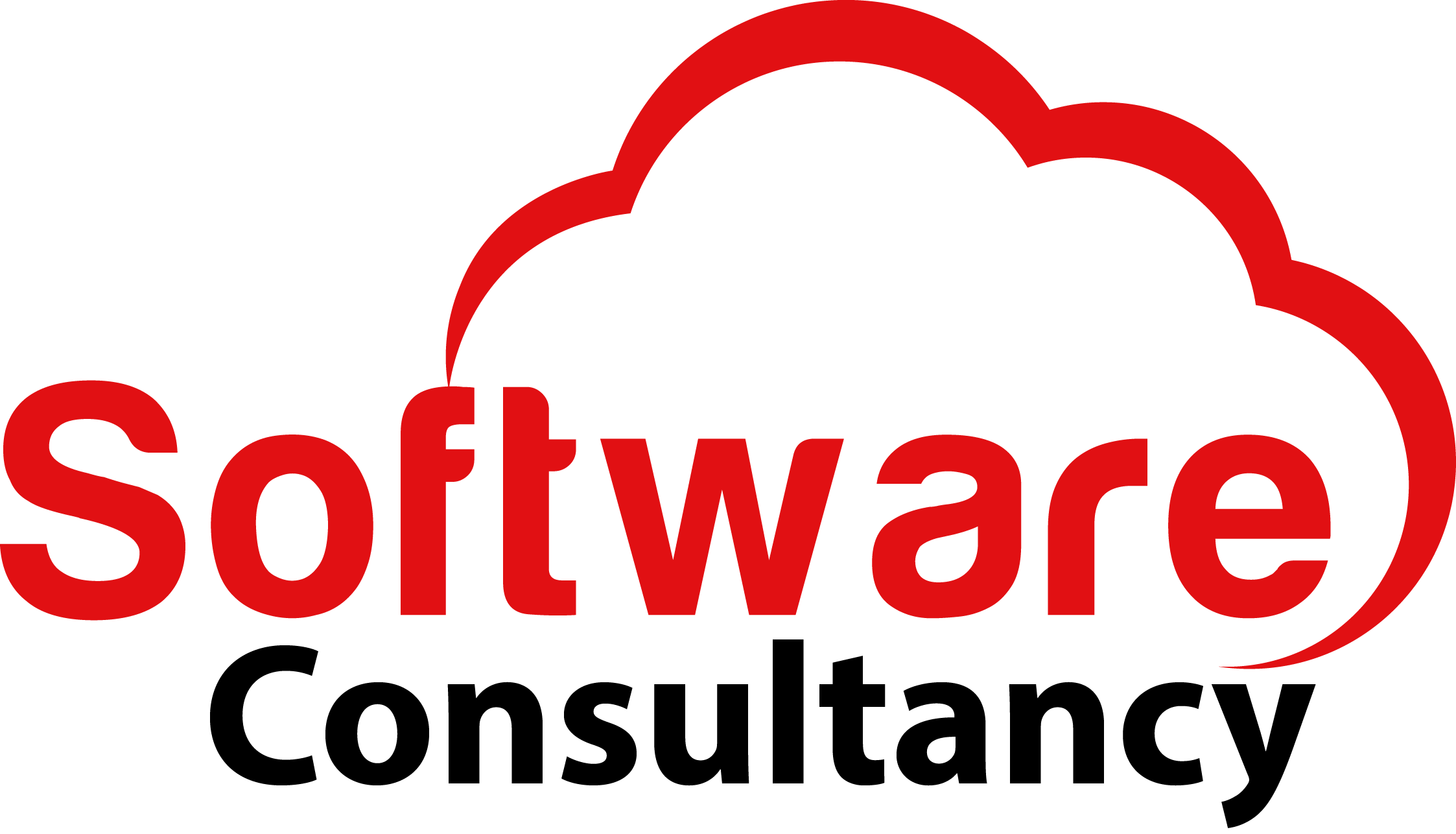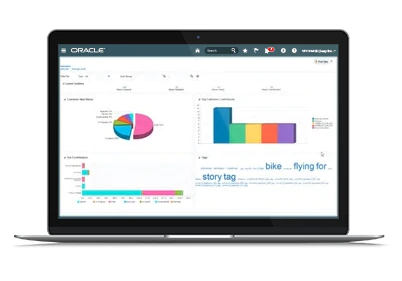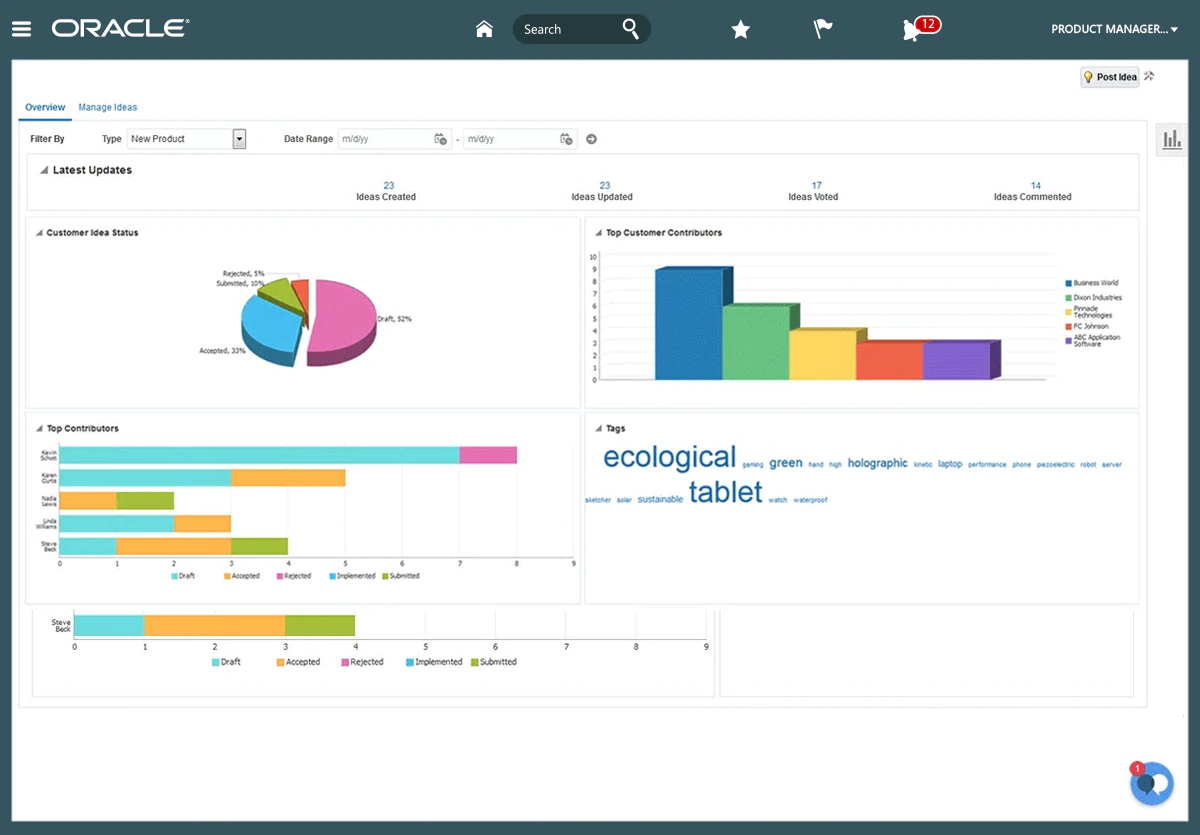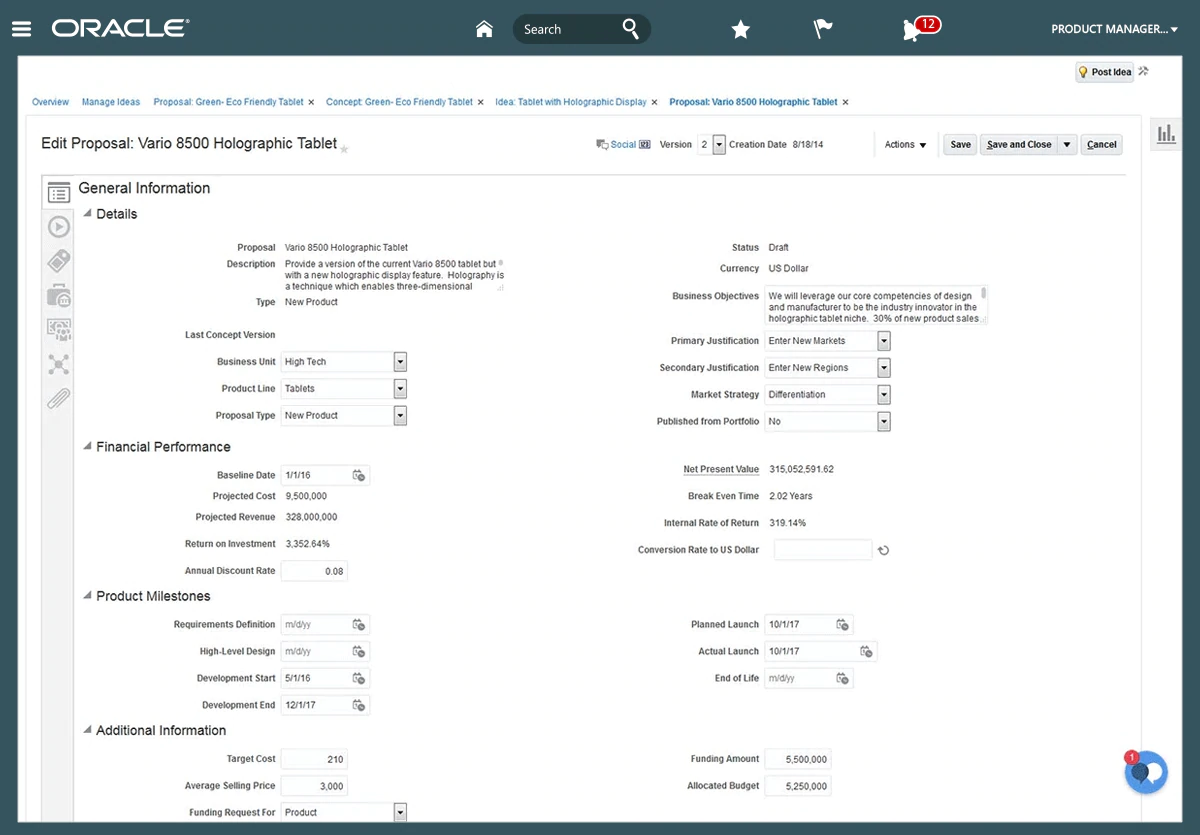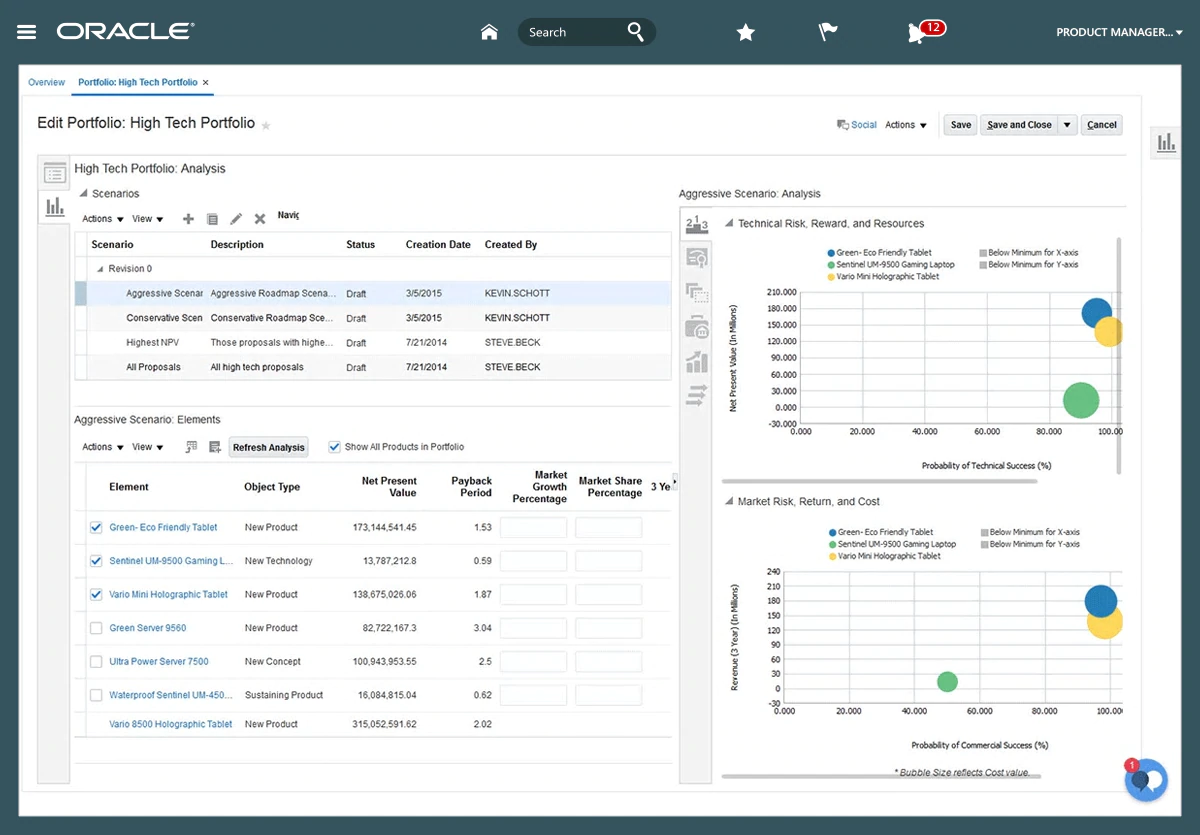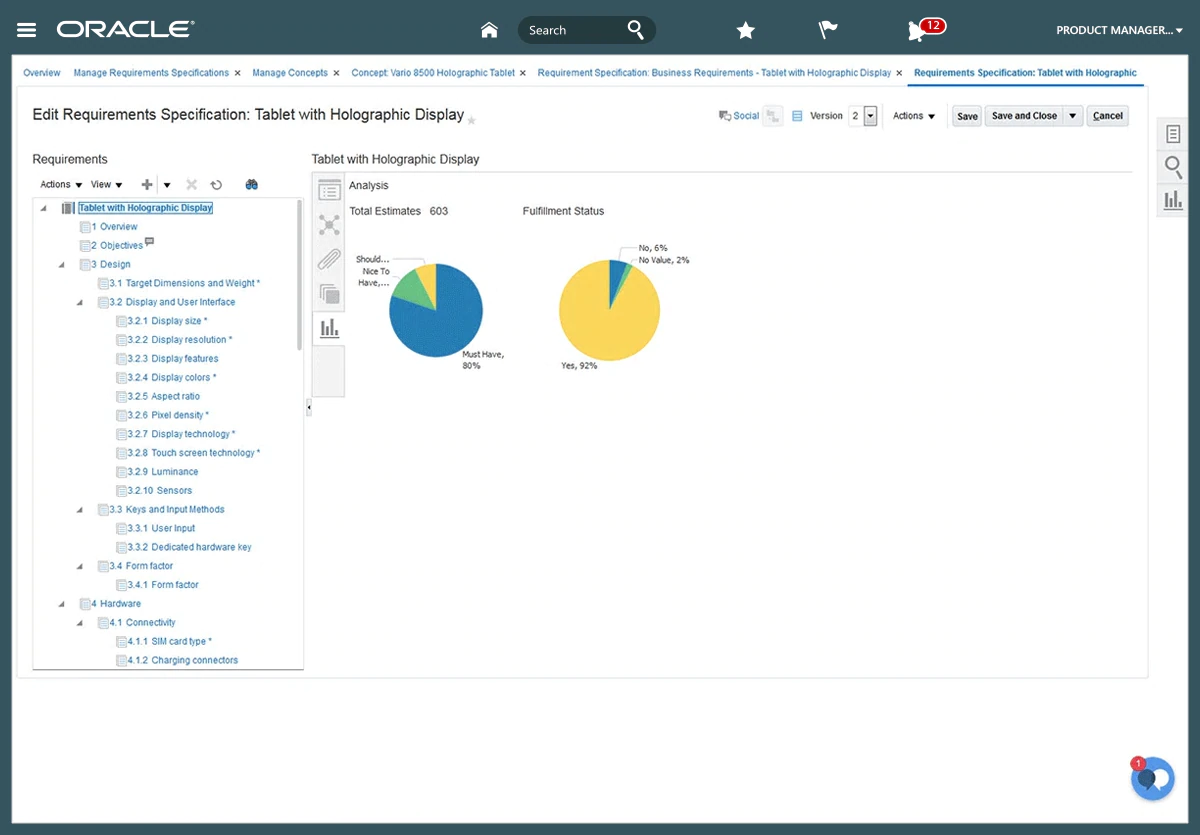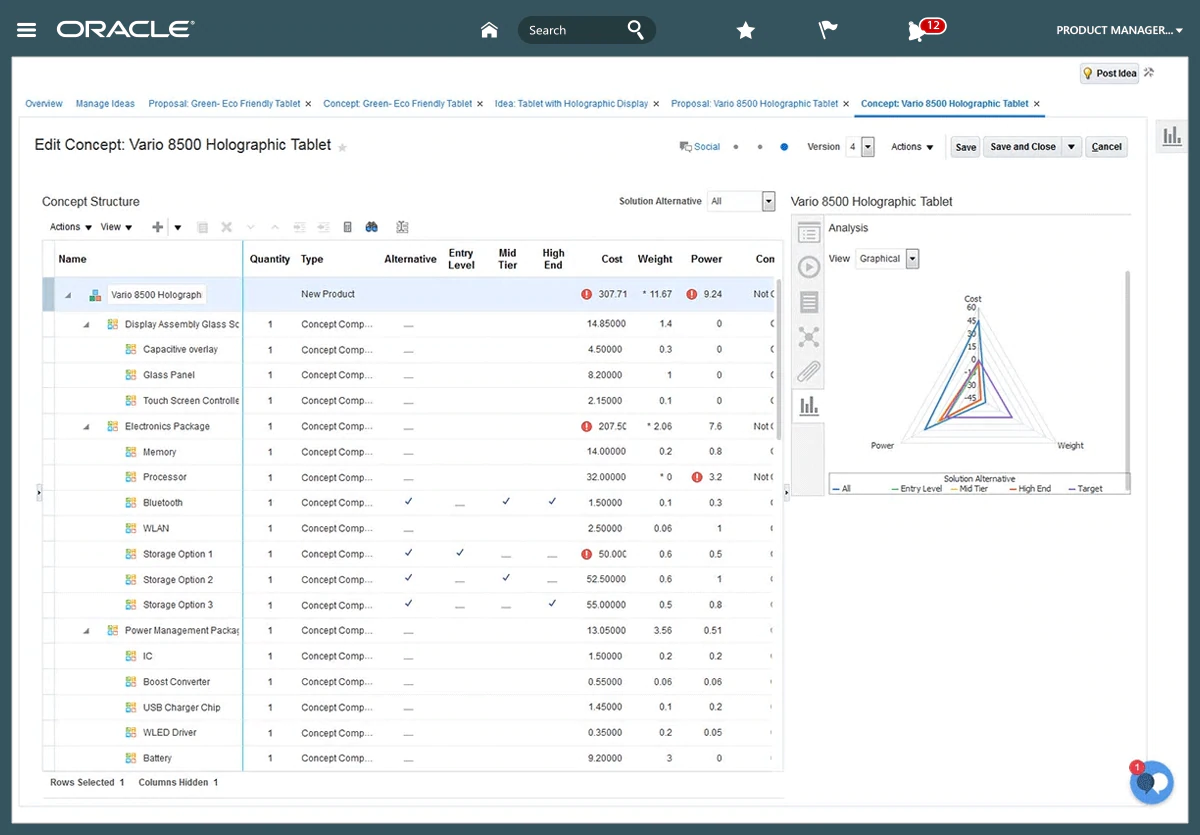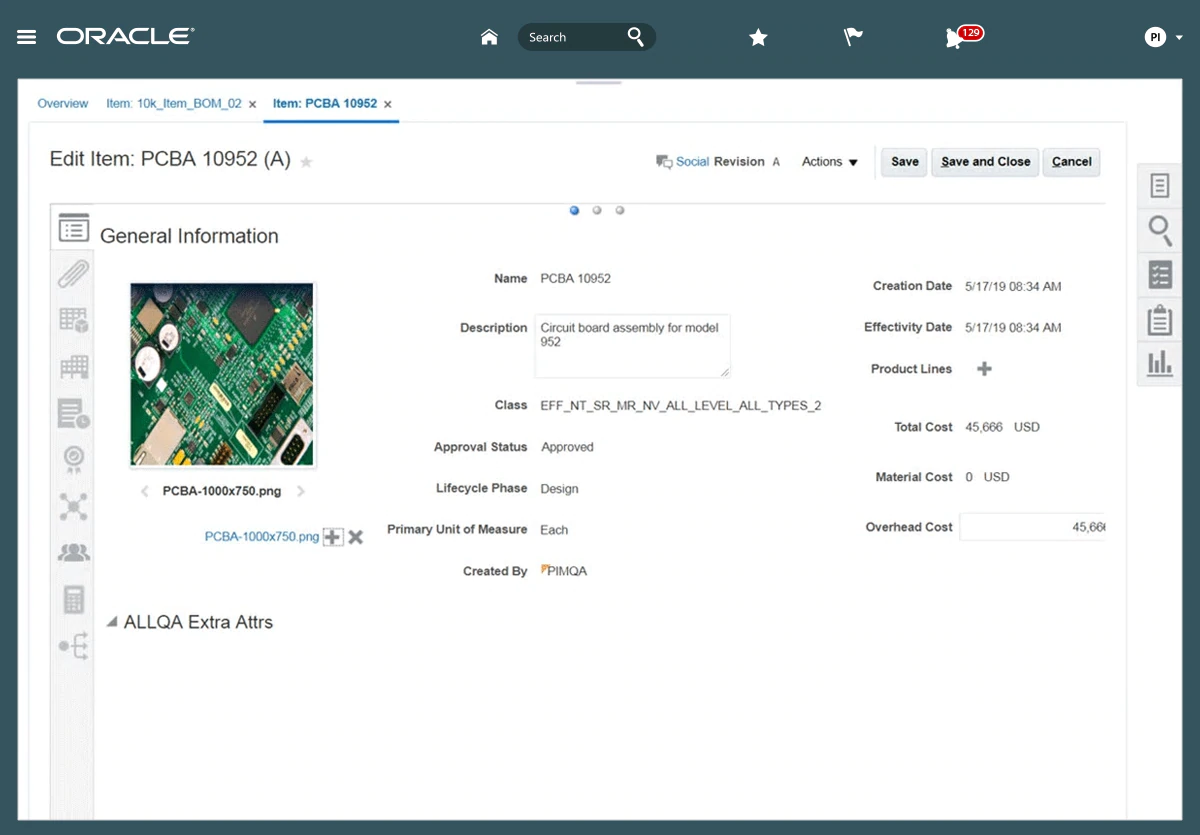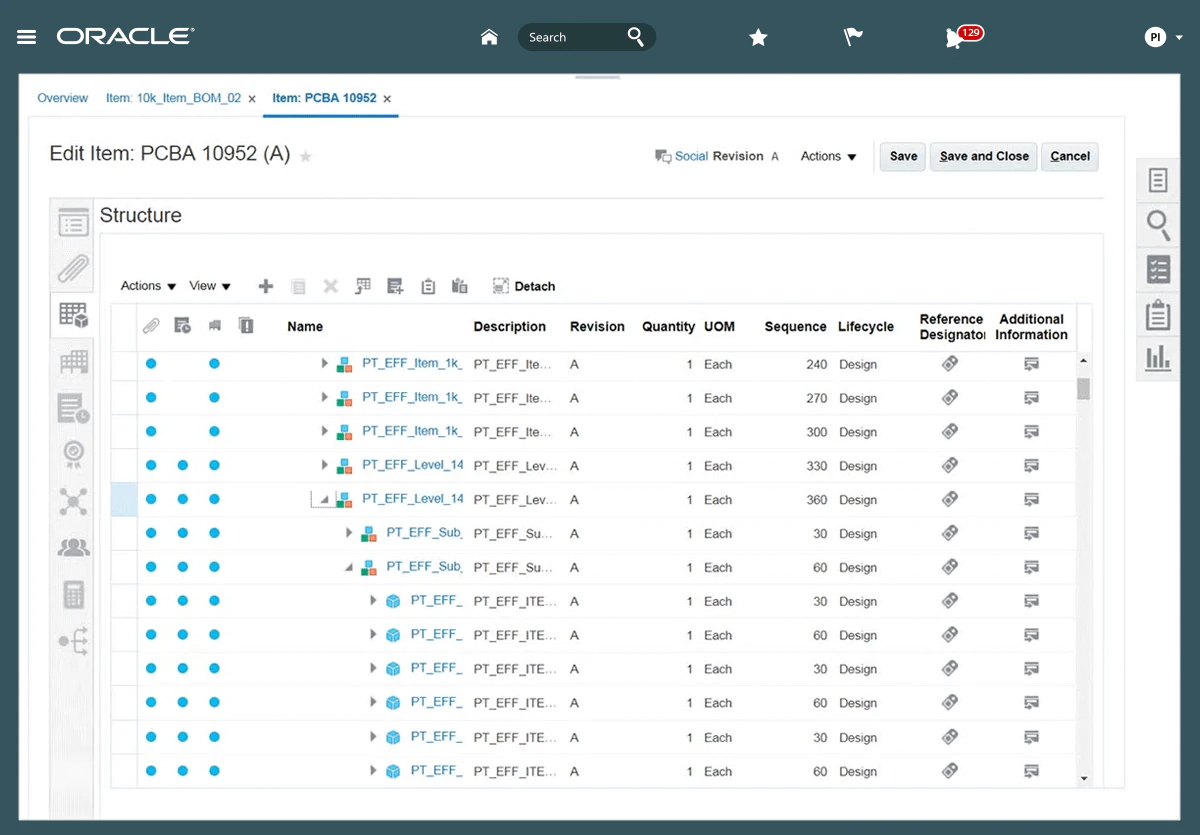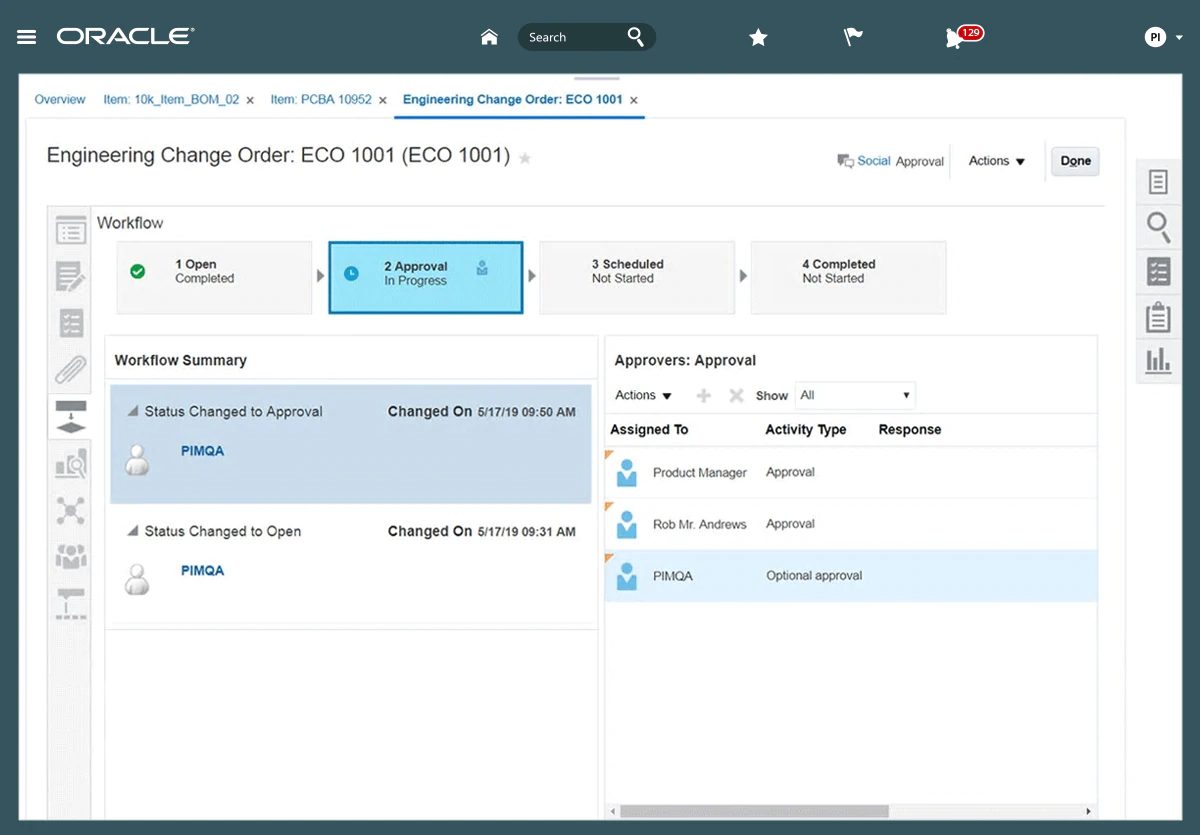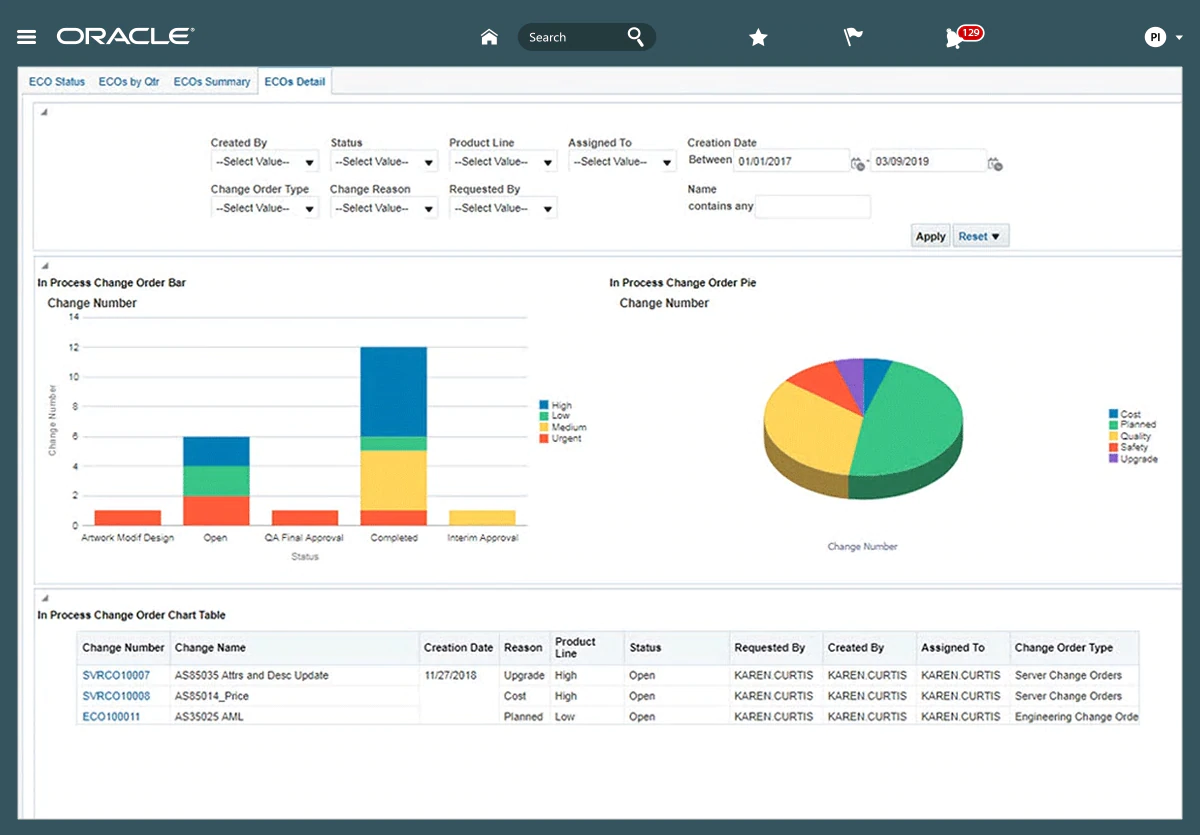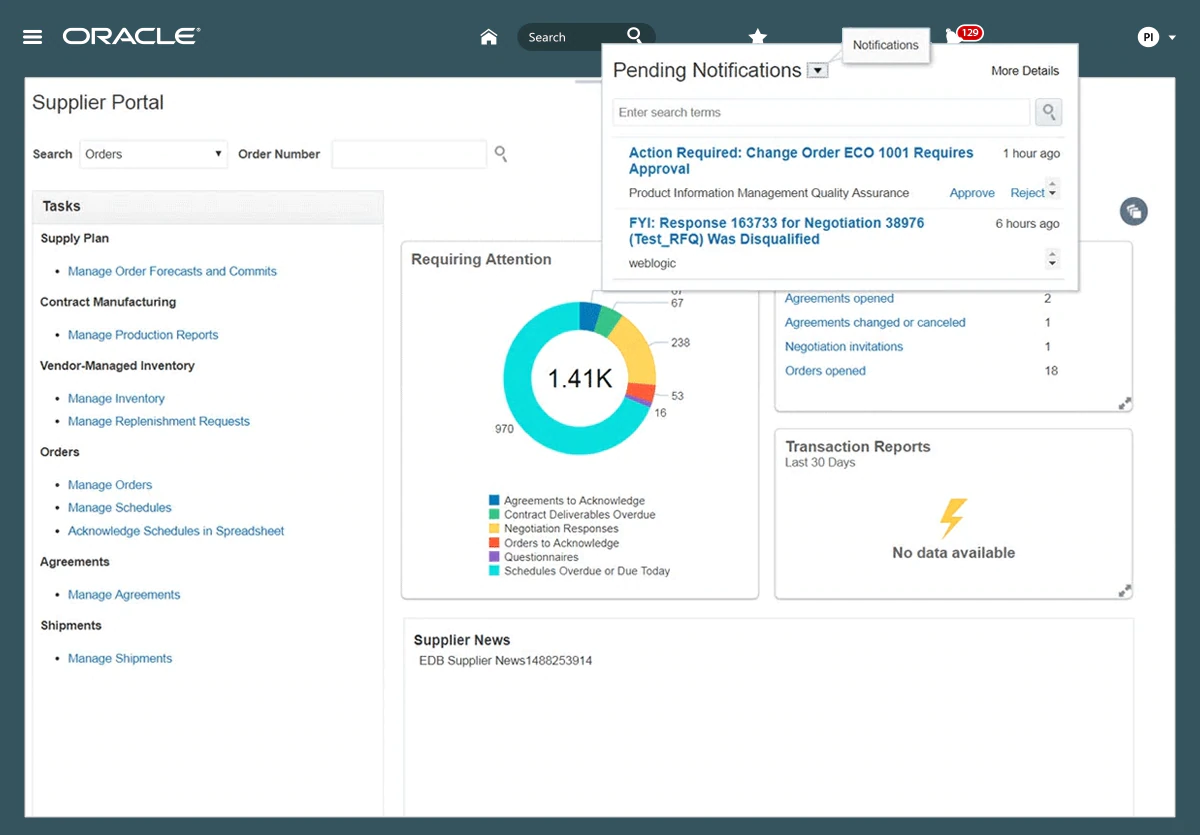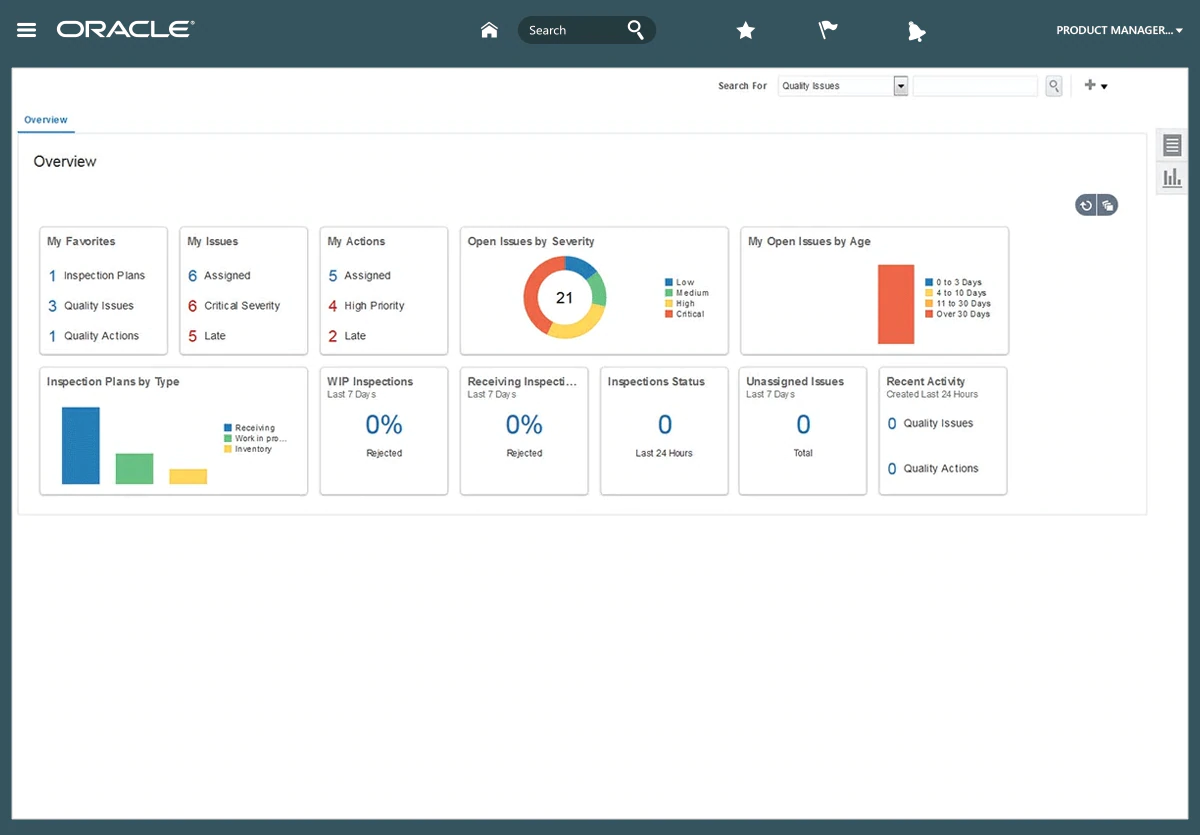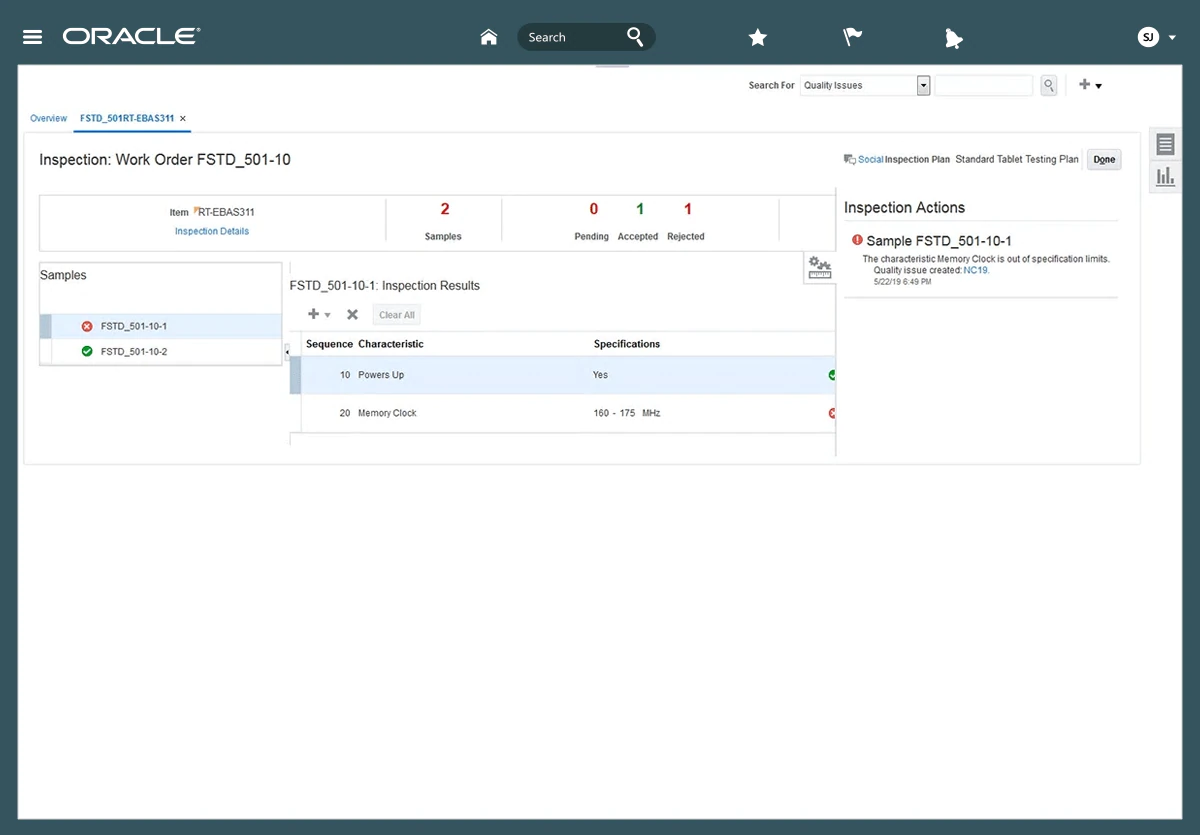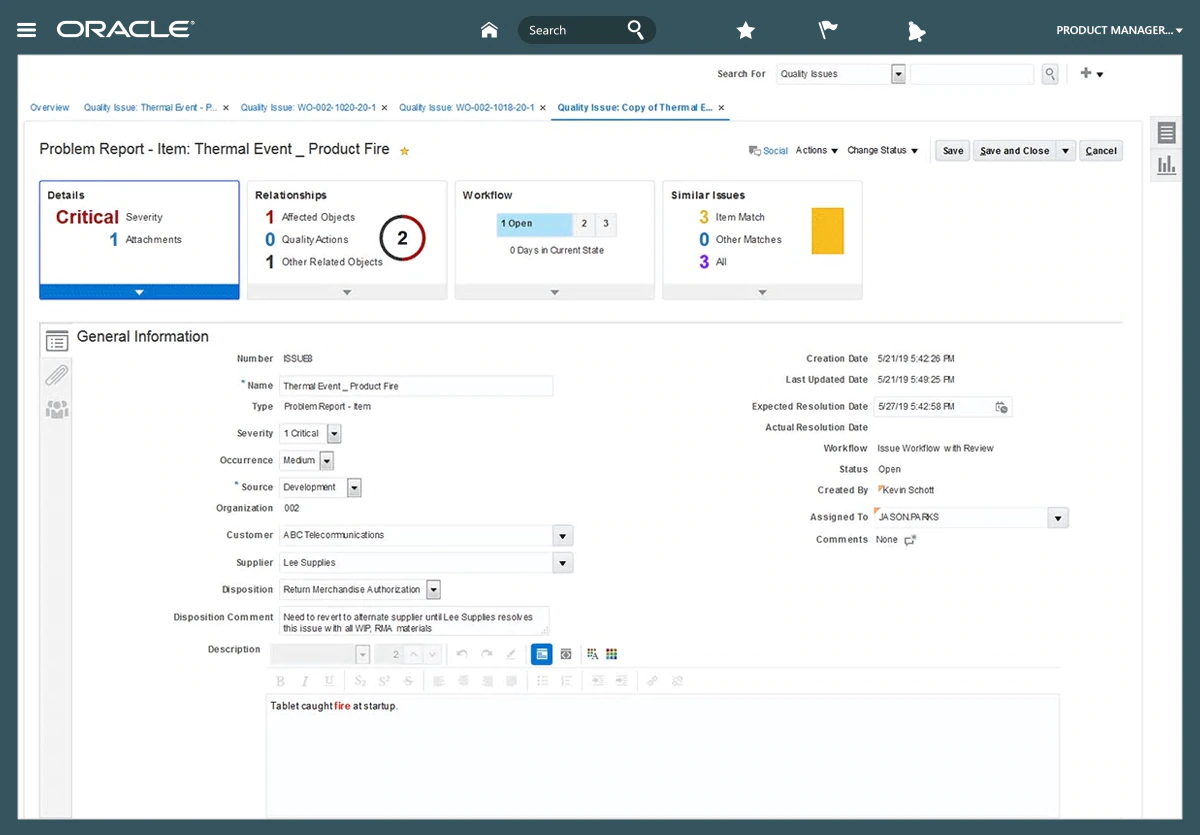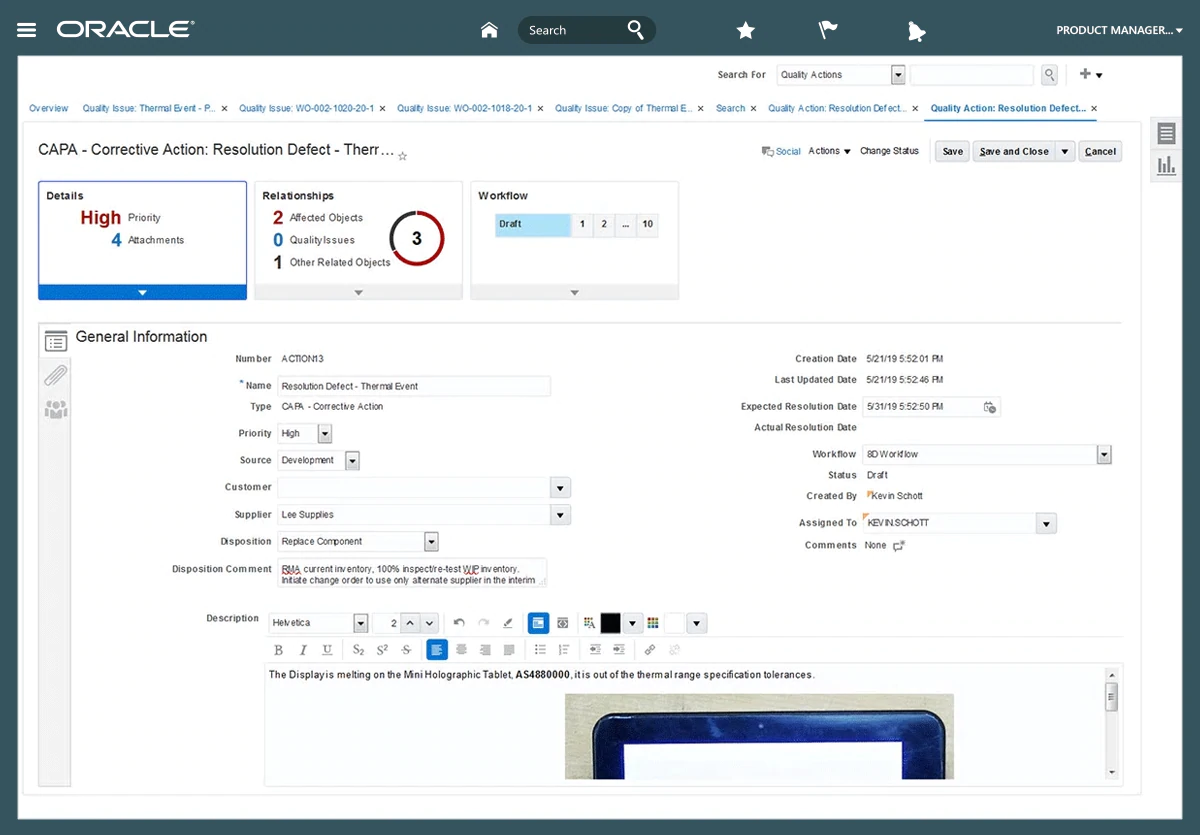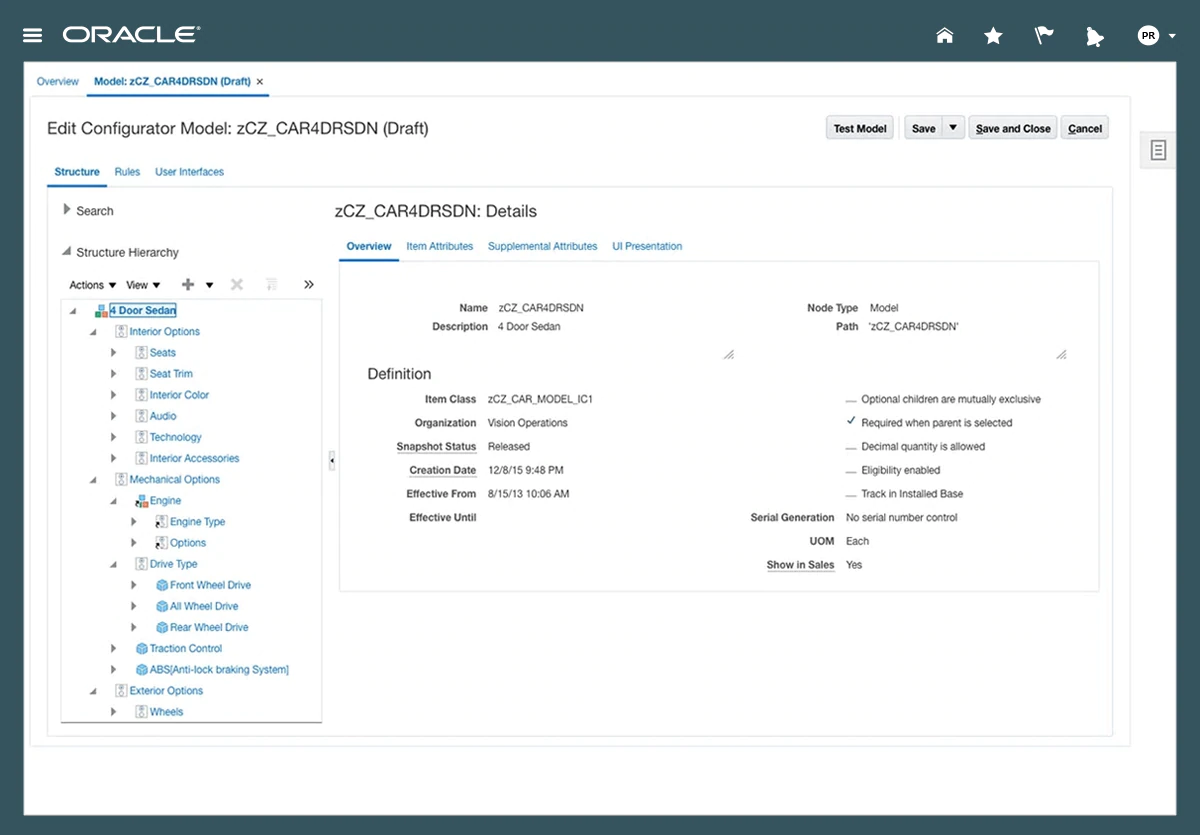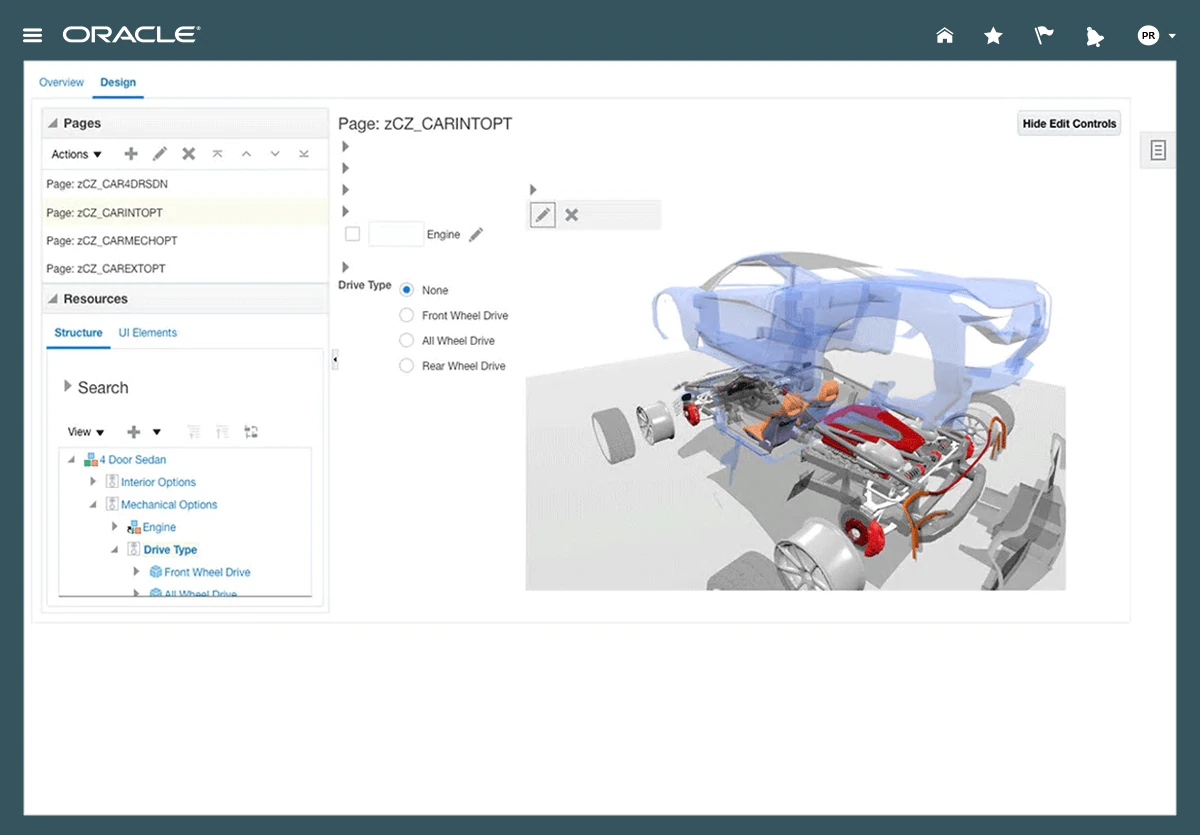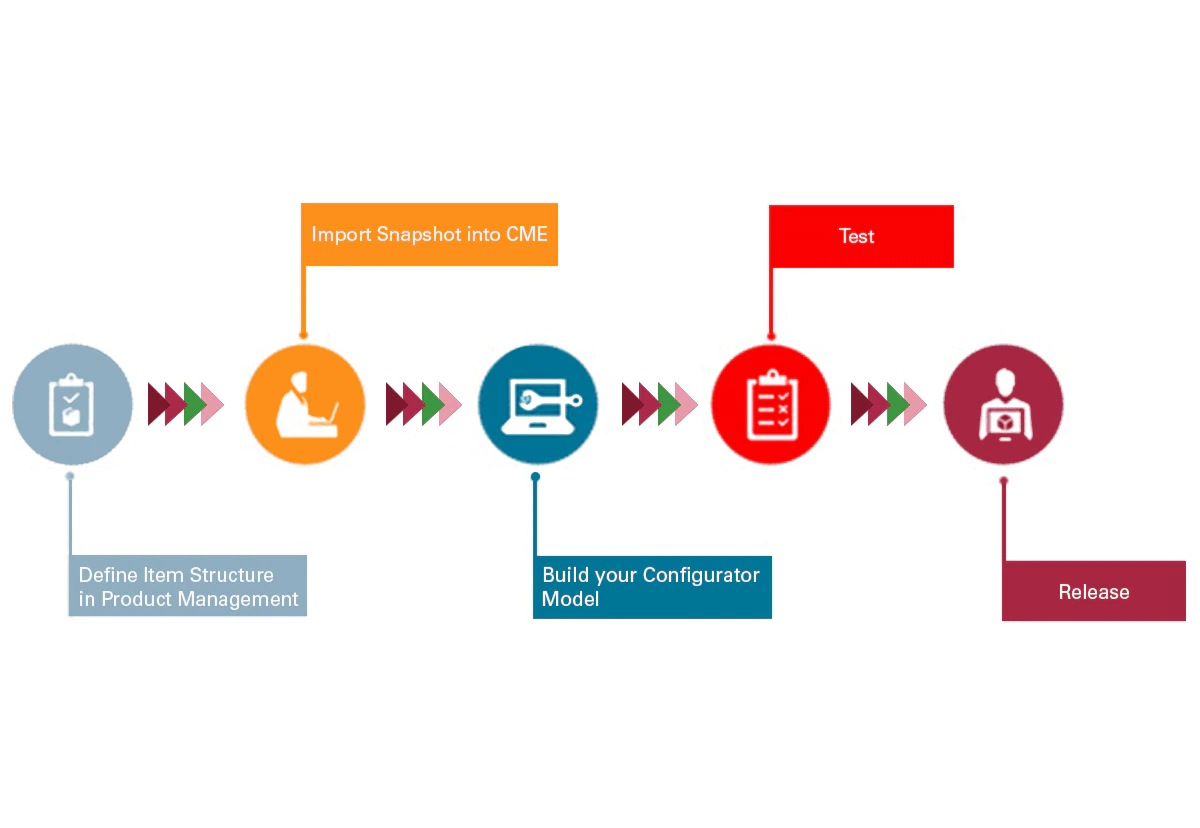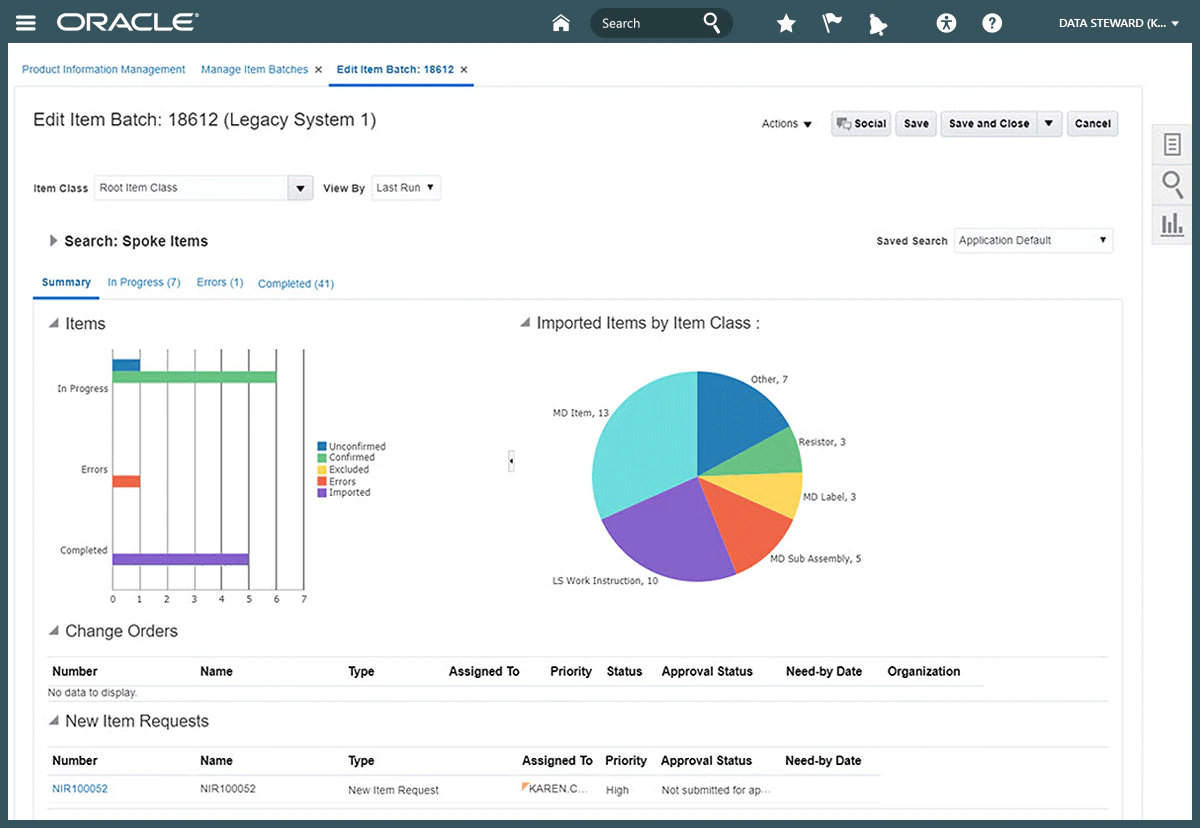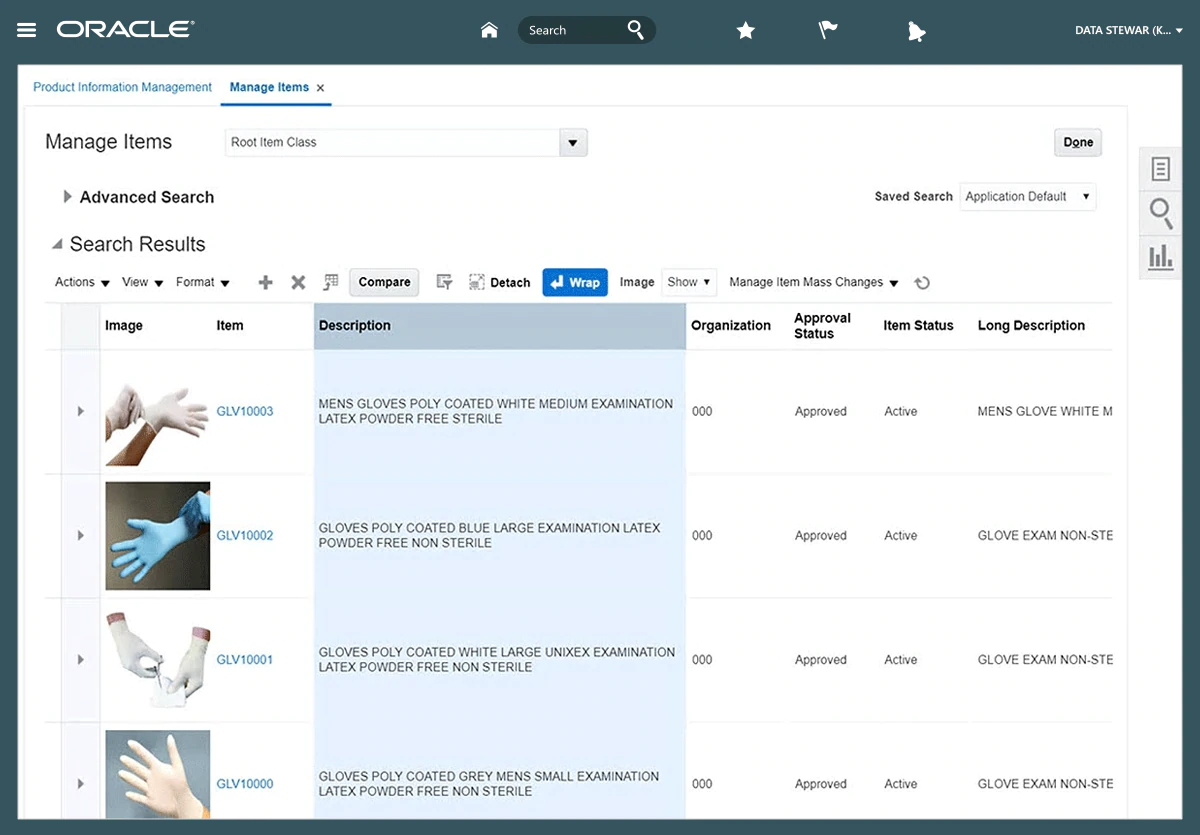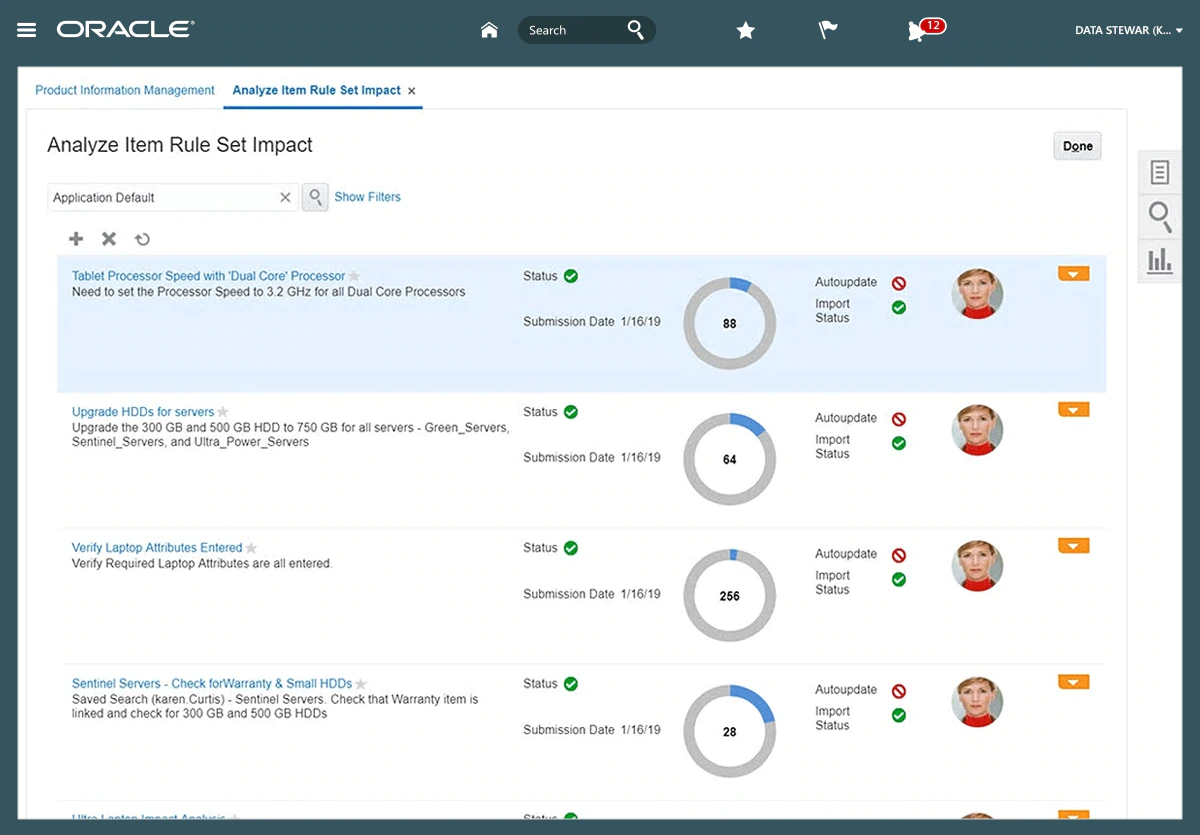Overview & Features
Innovation Management
Ideation
Capture
Capture ideas from anywhere and organize them into initiatives.
Refine
Engage colleagues with different areas of expertise to determine the most viable ideas for possible investment.
Promote
Prioritize and advance the ideas with the best potential to deliver value, suitability, and feasibility and align with business objectives.
Requirements
Define
Utilize a single source of truth to capture, organize, collaborate, review, and prioritize requirements and specifications.
Manage
Maintain control of scope with version-controlled changes and audit history.
Trace
Ensure product definition clarity across all requirements and traceability across requirements, designs, ideas, quality issues, test specifications, items, and more.
Proposal Management
Justify
Execute a consistent process for the business-case data collection and justification of each proposal.
Model
Identify required resource pools, budgets, and potential revenue stream.
Select
Determine the best product proposals to move forward as investment priorities.
Portfolio
Analyze
Analyze the risk versus financial objectives and the resource and budget constraints across a collection of product proposals using embedded or custom analytics.
Simulate
Model and analyze alternate budget, resources, and schedule assumptions of proposals.
Progress
Achieve a balanced portfolio to meet both short and long term objectives, and advance the proposals with the highest potential for success and resource utilization to project planning.
Concepts
Develop
Achieve design for excellence and cost initiatives with embedded analytics. Reuse existing designs to create new concept alternatives.
Validate
Evaluate product readiness by analyzing if the concept design meets all the objectives and targeted business and technical requirements.
Promote
Progress the product concept forward for further refinement or directly to commercialization.
Product Development
Item Management
Create
Create various types of items to represent a complete, as-designed definition for your products.
Enrich
Add attributes, attachments, and an approved manufacturer list through a creation or search, select, and add process.
Manage
Progress an item through its lifecycle phases and implement grading rules for lifecycle advancement and improving item reuse.
BOM Management
Structure
Get a single view describing aspects of the items required to build the top level item.
Define
Allow definition of additional attributes on BOM lines, for example, component quantity and reference designators.
Navigate
Easily navigate to child item changes, attachments, approved manufacturer lists (AML), and where-used information.
Change Management
Configure Change Types
Model changes and control revision policies through a change-type framework. Control change behavior and rules through configurable change types.
Configure Workflow
Configure workflow by change order type. Define prerequisites (entry and exit criteria) for promoting to next status.
Reports and Analytics
Analyze
Analyze and manage the lifecycle and change process for items and structures, attributes, changes, and other key business objects.
Search
Search and return information with the right view for the right set of users.
Alert
Set up alerts to receive actionable information in your inbox.
Supplier Collaboration
Collaborate
Provide secure access to items, structures, and changes for seamless execution of product iterations throughout its lifecycle.
Secure
Be confident knowing that your suppliers will only see the content you want them to see.
Notify
Notify your suppliers of tasks that require their attention.
Quality Management
Design for Quality
Define
Build quality into the product defined by product specifications, validated by quality inspections, and resolved through corrective and preventative actions.
Connect
Eliminate silos of quality data with a common product record which integrates specification data with inspection plans across all manufacturing processes. Collaborate across cross-functional teams and expertise.
Analyze
Improve oversight utilizing purpose-built analytics. Quickly analyze critical quality events and navigate to take the most appropriate action.
Inspection Management
Automate
Perform mandatory inspections which are evaluated against product specifications and retain quality compliance and traceability.
Investigate
Generate a nonconformance issue directly from receiving inspections or work orders when anomalies outside of allowable tolerances are detected.
Conform
Ensure compliance to the intended product design, collection characteristics, specifications, and quality metrics.
Issue Management
Trace
Perform automated nonconformance issue creation directly from the work performed at the time of the event. Trace through to the corresponding issue and action management.
Investigate
Make real-time, relevant, fact-based decisions leveraging similar issues matching, data mashups of augmentative data such as suppliers scorecard, and audit history across the digital thread.
Resolve
Eliminate reoccurrence by initiating a close-loop corrective and preventative action.
Corrective Action Management
Standardize
Leverage a single source of truth and process from identification to disposition, and get resolutions of quality issues.
Connect
Focus resources on the most current, relevant data, collaborating at every stage of the quality process to determine root cause and execute the right resolution faster.
Prevent
Prevent future reoccurrence of the quality event with the appropriate corrective actions. Drive quality and compliance standards towards continuous improvement.
Configurator Modeling
Build Configurator Models in an Intuitive Development Environment
Leverage a Dynamic Design Environment
Utliize an intuitive development environment with the configurator modeling environment (CME) for building and maintaining configurator models, including the model structure (all possible options), rules, and user interface behavior.
Supplement the Model with Guided Selling Questions
Simplify the configuration process by adding high-level questions to the model and tying the answers to one or more option selections via rules, directing the end users to the right or optimal solution.
Build Model Rules
With a constraint engine and AI solver "under the hood," modelers have a wide variety of rules to leverage, including simple defaults and bidirectional constraints. Groovy can be used to create configurator extension rules to invoke business logic that falls outside the scope of standard rules. Search decision rules can be used to capture logic needed to solve or finish the configuration.
Design a Customized User Experience
Build a Better User Experience
Use a WYSIWYG user interface editor to build a user experience which guides customers to valid configurations. Use display condition rules to dynamically control the content in the user interace (for example, hide or show invalid options, under what conditions).
Choose User Interface Controls and Layout
Choose from a variety of selection controls such as radio button groups, images, checkboxes, and choice lists in the user interface. Also choose more complex tabular controls to manage multi-item and multi-instance selections, and commonly used layout and navigation options such as single page, step-by-step, and dynamic tree.
Rapidly Design and Deploy the User Interface
Choose from the predefined user interface templates to quickly create the dynamic runtime user interface that best meets your needs. Alternatively, leverage the single-page user interface that is provided by default.
Manage the Configurator Model Lifecycle
Utilize Existing Items and Structures
Identify items, structure components, and item class information defined in Oracle Product Management Cloud to use as the basis of your configuration model. Simple to complex (nested) models are supported, as well as transactional item attributes (in which values are determined through a configuration session).
Simulate Model Behavior Prior to Release
Design, build, and test business logic, model behavior, and overall user experience prior to release.
Manage Configurator Model Changes
Incrementally release delta changes into production, leveraging comprehensive impact analysis and validation checks to ensure quality.
Product Master Data Management
Unified Product Data from Multiple Sources
Self-Service Supplier Product Onboarding
Empower trading partners to take ownership of their product data.
Flexible Data Mapping
Get intuitive mapping of various source formats to your product data model.
Centralized Import Visibility
Monitor all imports via a centralized graphical user interface.
Accurate Product Data Import
Validate and correct errors prior to making updates to your master data.
Enterprise Product Record Definition Assembly
Rich Product Definition
Create multidimensional, enterprise-accessible product records with classifications, attributes, digital assets, relationships, and structures.
Contextual Product Information
Maintain product data for multiple contexts including geographies, channels, and target markets.
Flexible Product Discovery
Discover product information quickly through parametric search and browse.
Efficient Mass Update
Update large volumes of product data with an intuitive user interface.
Enforced Governance Policies and Compliance
Collaborative Product Workflows
Orchestrate product definition and enforce change control through configurable workflows.
Business Rules and Impact Analysis
Define validation rules and determine their impact before making mass updates.
Real-Time Analysis and Reports
Get actionable insights with real-time analysis on product data and easy-to-build reports.
Granular Security and Audit Trail
Enforce functional and data level security with a full audit trail.
Complete Product Information Sharing
Multiple Export Formats
Share product data in industry standard formats.
User-Configurable Publication Criteria
Empower business users to control which product data entities are published, to which consuming systems they are published, and when they are published.
Product Data Accuracy Validated by Channel
Ensure only complete and validated products are published.

